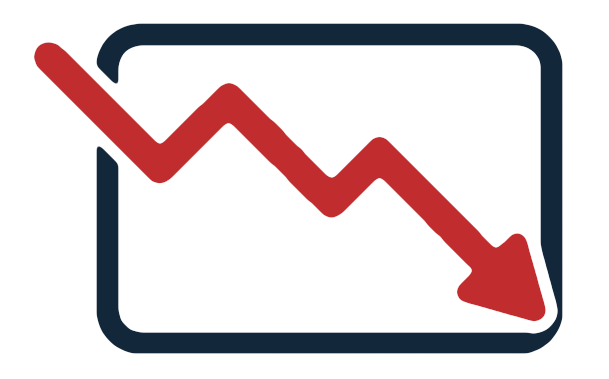Yield Curve Inversion: What It Means for the Economy
Yield Curve Inversion: What It Means for the Economy
The yield curve has been inverted for several months. Here's what history tells us about what might happen next.
What is the Yield Curve?
The yield curve is a graph that plots the yields (interest rates) of bonds with equal credit quality but different maturity dates. The most commonly referenced yield curve compares the three-month, two-year, five-year, 10-year, and 30-year U.S. Treasury debt. Under normal circumstances, the curve slopes upward, as debt with longer maturities typically carries higher interest rates than shorter-term debt.
Why Does an Inversion Matter?
An inverted yield curve occurs when short-term debt instruments have higher yields than long-term instruments of the same credit quality. This unusual situation reflects investors' expectations for a weakening economy. Historically, yield curve inversions have been reliable predictors of economic recessions.
Historical Precedent
Looking back at the past 50 years, we can observe that a yield curve inversion has preceded every recession, with only one false positive. The time lag between inversion and the onset of recession has varied from 6 to 24 months.
Current Situation
The current inversion between the 10-year and 2-year Treasury yields has persisted for several months, reaching levels not seen since 2000. This persistent inversion, combined with other weakening economic indicators, suggests an increased probability of recession within the next 12 months.
What Should Investors Do?
While yield curve inversions have historically been reliable recession predictors, they don't provide precise timing for market downturns. Investors should consider:
Conclusion
The yield curve inversion is a significant warning sign but should be considered alongside other economic indicators. Our recession probability model currently indicates a 68% chance of recession within the next 12 months, suggesting caution is warranted.
